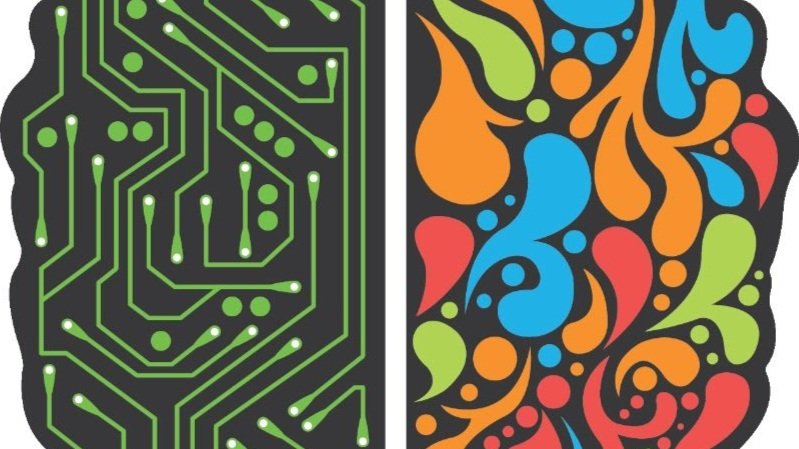
Integration
Integration
Bringing It All Together — Inclusion, Growth, and Daily Life
The ultimate goal of your journey as a caregiver isn’t just to manage challenges, but to integrate support strategies into everyday life—making your child’s world more inclusive, accessible, and empowering. Integration means your child feels seen, valued, and safe not only at home but in school, community spaces, social circles, and the broader world.
It’s about creating a life that works for your child, while evolving with their needs as they grow.
Why Integration Matters
When strategies for support—routines, therapies, communication tools, and emotional supports—are seamlessly woven into your daily rhythm, they become sustainable and empowering for the whole family.
Integration also promotes:
Belonging: Your child feels like a full participant in school, play, and community life.
Independence: Skills become second nature, used in real-world contexts.
Advocacy: You model inclusion, reshaping environments for your child and others.
Practical Ways to Foster Integration
Promote Inclusive Participation
Look for community spaces where your child can be involved without needing to conform to narrow expectations.
Examples:
Join inclusive sports leagues like TOPSoccer
Explore neurodiverse-friendly scouting programs or YMCA inclusive rec programs
Participate in sensory-friendly movie nights (offered by AMC Theatres)
📍 Search “inclusive events near me” or check with local autism or ADHD advocacy groups for listings.
Collaborate with Schools and Educators
Work closely with your child’s school to ensure accommodations aren’t just written into an IEP or 504 plan, but implemented meaningfully in the classroom.
Tips:
Share your home strategies with teachers (e.g., visual schedules, calm-down tools)
Request peer sensitivity training or autism acceptance days
Advocate for Universal Design for Learning (UDL), a framework that benefits all learners
Resources:
Create Social Opportunities
Socialization is often a challenge for neurodivergent children—but it’s also a source of growth, connection, and joy.
Ideas to try:
Host playdates with neurodiverse-friendly activities (e.g., sensory bins, Lego building, board games)
Sign up for social skills groups or clubs
Try apps like Brili Routines that help with transition and peer engagement
📘 Book recommendation:
“Uniquely Human” by Dr. Barry Prizant — a parent-friendly guide on fostering communication and relationships through understanding, not correction.
Reassess and Evolve
Integration is not a “set it and forget it” moment—it’s a living process. As your child grows, so do their preferences, skills, and needs.
Consider:
Does the current therapy still fit?
Are routines still supportive, or do they feel rigid?
Are you building toward long-term independence?
🧭 Revisit your family’s goals quarterly and involve your child in planning where possible.
Example: “Sofia and the Sunday Market”
Sofia, a 9-year-old with sensory processing differences, struggled with noise and unpredictability at public events. Her family worked with an occupational therapist to introduce headphones and a sensory toolkit (putty, gum, visual schedule). Within two months, Sofia was visiting the local Sunday market weekly, engaging with vendors and choosing her snacks—all while managing sensory inputs.
Integration didn’t mean removing Sofia from public spaces. It meant bringing supports into those spaces.
Integration Is Advocacy
As you normalize supports in everyday life, you model a world where:
Communication devices are welcome at the dinner table
Movement breaks during worship or classes are seen as healthy, not disruptive
Emotional regulation tools are part of every child’s toolkit—not just for neurodivergent ones
Helpful Tools & Resources
The Inclusive Class — Blog and resources for creating inclusive classrooms
Sesame Street and Autism — Tools for helping children understand and accept differences
Social Stories by Carol Gray — Personalize stories to help children navigate social settings
The ARC Community Navigator — Find local support and inclusion programs for children and adults
Final Thought
“Inclusion is not just being invited to the party—it’s being asked to dance.”
— Verna Myers
Integration is a daily commitment to making sure your child is not just accommodated—but included, empowered, and able to thrive. Whether it’s in the classroom, the park, the grocery store, or the living room, every space can be a place where your child feels like they belong.